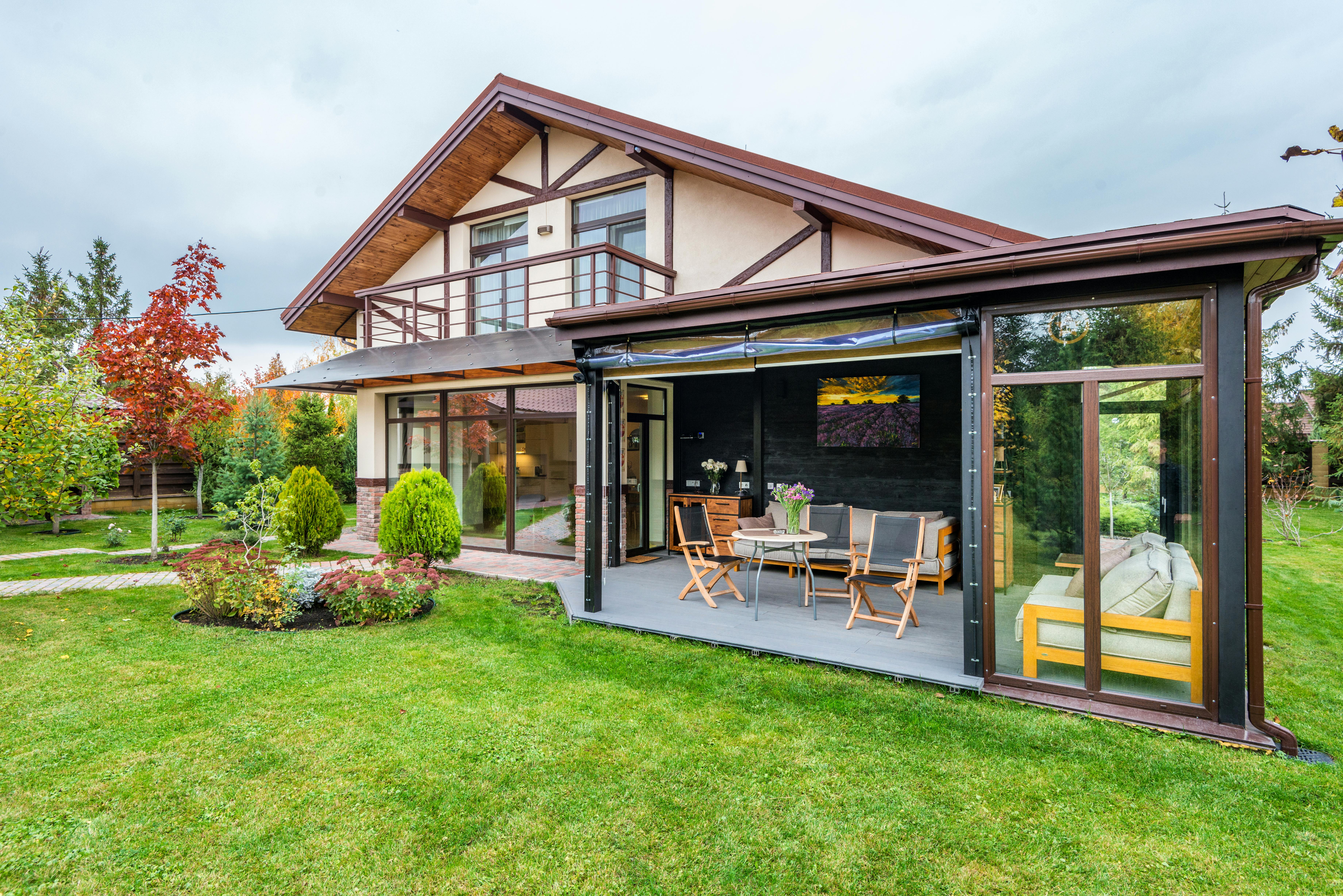Vertical gardening is an innovative way to bring nature into your home. It is a great way to make use of small spaces, and it can be an interesting and creative project for the whole family. Growing a vertical garden can add beauty and freshness to any home. With the right supplies and a little bit of patience, you can create a thriving vertical garden right in your own home. Here are some tips on how to get started with growing a vertical garden at home.Growing a vertical garden at home has many benefits. It allows you to create a beautiful and lush garden without taking up too much space. Vertical gardens can be planted in almost any location, including in small balconies, patios, terraces and even indoors. They are a great way to maximize the use of limited space and make the most of your outdoor areas. Vertical gardens also help to improve air quality by absorbing pollutants from the air and providing oxygen. They also provide additional privacy for your outdoor living spaces by blocking direct sunlight and reducing noise pollution. Additionally, having a vertical garden at home can help you to save
What You Need to Start Growing a Vertical Garden
Starting a vertical garden is an exciting way to add a unique and visually appealing feature to your outdoor space. Whether you’re looking for a low-maintenance way to bring life and color to your balcony or you want to create a living wall in your backyard, there are some essential items you’ll need to get started.
First, you’ll need a good quality vertical planter. The right planter will depend on the type of plants you’re
Choosing the Right Plants for Your Vertical Garden
Creating a vertical garden is a great way to maximize your growing space. But when it comes to choosing the right plants for your vertical garden, there are some factors to consider. The type of plants you choose will depend on the amount of sunlight, water, and nutrients available in your space. You’ll also want to think about how much maintenance each plant requires and how quickly it can grow.
Sunlight is an important factor when choosing the right plants for your vertical garden. Some plants require
Designing Your Vertical Garden Layout
Creating a vertical garden is an ideal way to maximize space and add some visual interest to your outdoor area. When designing your vertical garden, there are a few important things to keep in mind. First, determine the size and shape of your vertical garden. This will help you decide what type of plants and materials to use in the design. Second, consider the climate and light conditions in your area. Different plants will require different levels of sunlight, water, and other nutrients to thrive. Third, choose the right soil for your plants. Make sure
https://images.pexels.com/photos/7061662/pexels-photo-7061662.jpeg
Gather Materials
When starting a DIY vertical garden, the first step is to gather all of the necessary materials. This may include things like soil, fertilizer, plants, pots and containers, and any tools needed to build the garden structure. Make sure to get enough supplies for the entire project so that you don’t run out during construction. Also consider any additional items such as trellis or wall brackets that may be needed for support.
Choose Plants
Once you have all of your materials

Watering
Proper watering is essential for maintaining a vertical garden. Depending on the type of plants you have, the amount of water required will vary. For most plants, it is recommended to water them every few days or once a week. When watering your plants, make sure that you water them evenly and thoroughly throughout the soil. Additionally, avoid splashing water on the leaves of your plants as this can damage them. As a general rule of thumb, you should always test the soil before watering to make sure it is not too dry or too wet. <
Maximizing Light for Your Indoor Vertical Garden
Growing an indoor vertical garden requires the right amount of light to ensure that your plants are thriving. Without enough light, the plants will not be able to photosynthesize properly and may become weak or even die. To maximize the light for your indoor vertical garden, there are a few key steps you can take.
The first step is to choose the right type of plants for your environment. Different plants require different levels of light, so it’s important to research which ones will be
Creating the Perfect Environment for Your Vertical Garden
Creating a successful vertical garden takes careful planning and consideration. A vertical garden allows you to utilize your space more efficiently, but it also requires special care and attention to ensure that the plants you choose thrive. To make sure your vertical garden is perfect, here are some tips to keep in mind when creating the ideal environment:
First, consider the light available in your space. With a vertical garden, you’re usually limited to the amount of natural light available, so it’s important to

Conclusion
Vertical gardens are a great way to add beauty and life to your home, while also having a positive impact on the environment. With the right materials, knowledge and effort, you can create an attractive vertical garden that will last for years to come. Additionally, when properly maintained, vertical gardens can reduce your water usage and help preserve valuable soil quality. For those looking for an easier solution, there are many modular systems available that can be quickly assembled and require minimal upkeep.
No matter what style of vertical garden you choose, it is important to research the
